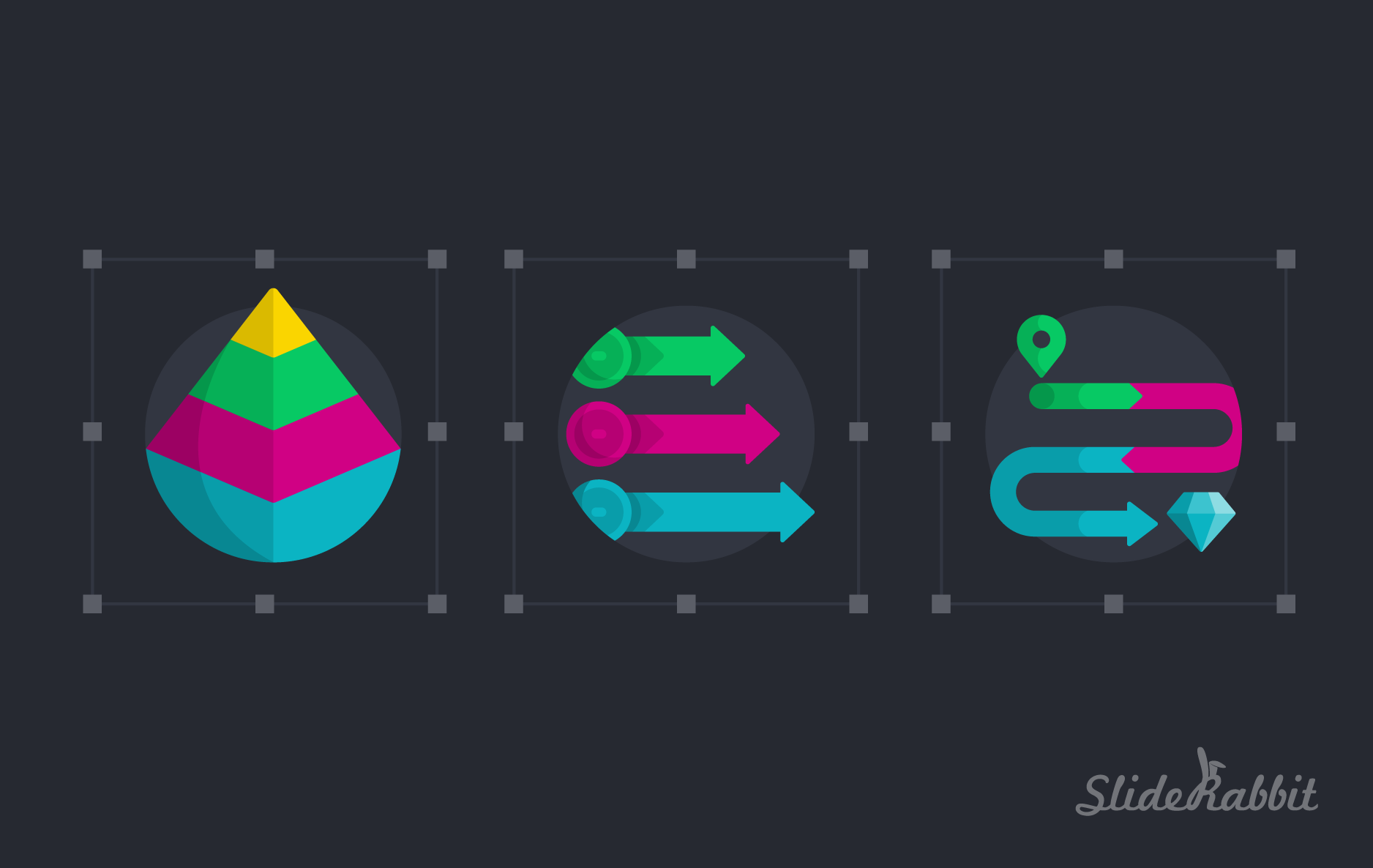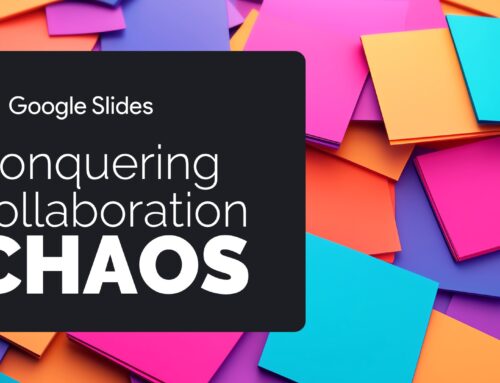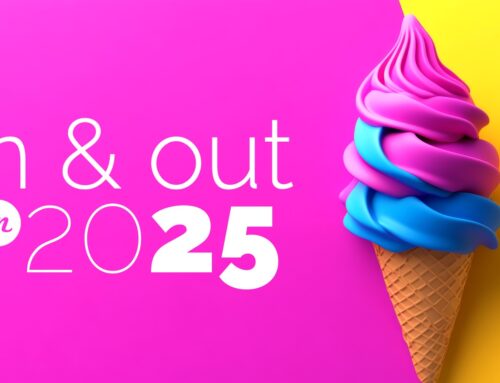Tips for Creating Your Own Infographic Design
Infographics are an eye catching way to make information more engaging, perfect for quick consumption. Here at SlideRabbit, we use the principles of infographic design in most of our work.
A lot of the infographic design in the marketing sphere is decorative and complex, which may put some off from creating their own. But the truth is, you can easily use these tactics on your presentation slides. Any infographic design is better than a ton of text.
Try creating your own! It’s easier than you think. Below are a few simple tips for non-designers on creating your own infographic.
Identify the content
The first step in creating an infographic is to identify the content that will be used. The content should support the main thought or argument of the piece. Additionally, certain types of content lends themselves more easily to infographic design. Look for percentages, numbers, categories, rankings, etc.
The survey results in the example below backup the main idea that “Interest in Liquid’s concept is strong.” For the infographic, we are going to focus on turning those survey response percentages into visual aids.
Use visual communication
When there are numbers or stats in the content, displaying the numbers in graph form is instantly more visually interesting. Data display techniques are all about making the conclusion readily apparent. So, pick an appropriate graph type to best express your content.
In the example below, we chose doughnut charts to emphasize that the majority of survey respondents were interested.
Pro tip: Pie or doughnut charts are best used when one there are only a few categories and one category is much larger than the others. Avoid them if the numbers in question are closer together.
Additionally, we’ve removed extraneous text and made the main argument larger. Remember to create visual hierarchy so that the main point is obvious to the viewer & the content supports that argument.
Spice up the design
Pull in icons or graphics to relate the data to the concepts in question. Icons are wonderful memory and comprehension triggers for the audience.
In our example, an icon was added for each survey group, making it apparent to the audience that these are two separate groups. Graphic symbols were added to replace the yes, no, and maybe and then associated by color.
Now that we’re using data display instead of text, our slide is both more convincing and more interesting to view.
Having trouble creating an infographic design? Contact us here for help.










Leave A Comment
You must be logged in to post a comment.